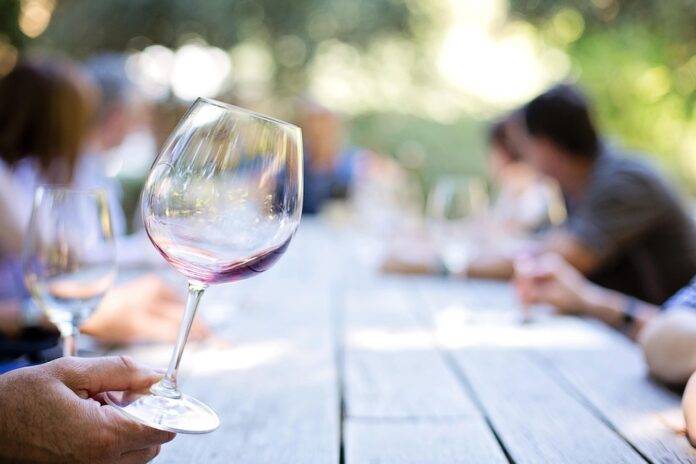Introduction
Winemakers have long been utilizing various techniques to enhance the quality, elegance, and longevity of their wines. One such method that has gained popularity in recent years is lees aging. This process involves allowing the wine to sit on its lees, which are the dead yeast cells and other grape particles that settle at the bottom of the fermentation vessel. In this report, we will explore why winemakers choose lees aging for elegance and longevity, delving into the benefits, financial implications, and industry insights associated with this practice.
The Benefits of Lees Aging
Enhanced Complexity and Flavor Profile
One of the primary reasons winemakers choose lees aging is its ability to enhance the complexity and flavor profile of the wine. As the wine sits on the lees, it undergoes a process known as autolysis, where the yeast cells break down and release compounds that contribute to the wine’s aroma, texture, and overall flavor. This results in a wine that is richer, more nuanced, and more interesting on the palate.
Improved Mouthfeel and Structure
Lees aging also has a significant impact on the mouthfeel and structure of the wine. The presence of the lees helps to soften the wine’s tannins, giving it a smoother and more velvety texture. This can be particularly beneficial for wines that are high in tannins, such as red wines, as it helps to balance out the astringency and create a more harmonious overall profile.
Increased Aging Potential
Another key benefit of lees aging is its ability to increase the aging potential of the wine. By allowing the wine to sit on the lees for an extended period, winemakers can create wines that are better equipped to withstand the test of time. The compounds released during autolysis can act as preservatives, helping to protect the wine from oxidation and other forms of deterioration, ultimately allowing it to age gracefully and develop more complex flavors over time.
Financial Implications
Cost of Lees Aging
While lees aging can offer numerous benefits in terms of quality and longevity, it is important to consider the financial implications of this practice. Lees aging requires additional time and resources, as winemakers must carefully monitor the wine as it sits on the lees, periodically stirring the lees to ensure proper contact with the wine. This can increase production costs and labor expenses, ultimately impacting the overall profitability of the winery.
Premium Pricing and Market Positioning
Despite the added costs associated with lees aging, many winemakers choose to utilize this technique as a way to differentiate their wines in the market and command premium prices. Wines that have undergone lees aging are often perceived as being of higher quality and complexity, allowing winemakers to position their products at a higher price point and attract discerning consumers who are willing to pay more for a superior product. This can ultimately lead to increased revenue and enhanced brand reputation for the winery.
Industry Insights
Trend Towards Lees Aging
In recent years, there has been a noticeable trend towards lees aging among winemakers around the world. This can be attributed to a growing appreciation for wines that exhibit greater depth, complexity, and aging potential, as well as an increasing demand for premium and ultra-premium wines in the market. Wineries that are able to offer wines that have been aged on lees are well-positioned to capitalize on this trend and cater to the preferences of a more sophisticated and discerning consumer base.
Notable Companies and Examples
Several notable wineries have successfully utilized lees aging to enhance the elegance and longevity of their wines. For example, Domaine de la Romanée-Conti, a renowned Burgundy producer, is known for its meticulous attention to detail in the winemaking process, including extended lees aging for some of its top cuvées. Similarly, Château Haut-Brion, a prestigious Bordeaux estate, has incorporated lees aging into its winemaking practices to create wines that are renowned for their complexity, structure, and aging potential.
Conclusion
In conclusion, lees aging is a technique that offers winemakers a unique opportunity to enhance the elegance and longevity of their wines. By allowing the wine to sit on its lees, winemakers can create wines that are more complex, flavorful, and age-worthy, ultimately appealing to a more discerning consumer base and commanding premium prices in the market. While lees aging may require additional time and resources, the benefits it provides in terms of quality and market positioning make it a valuable tool for winemakers looking to elevate their wines to the next level.




